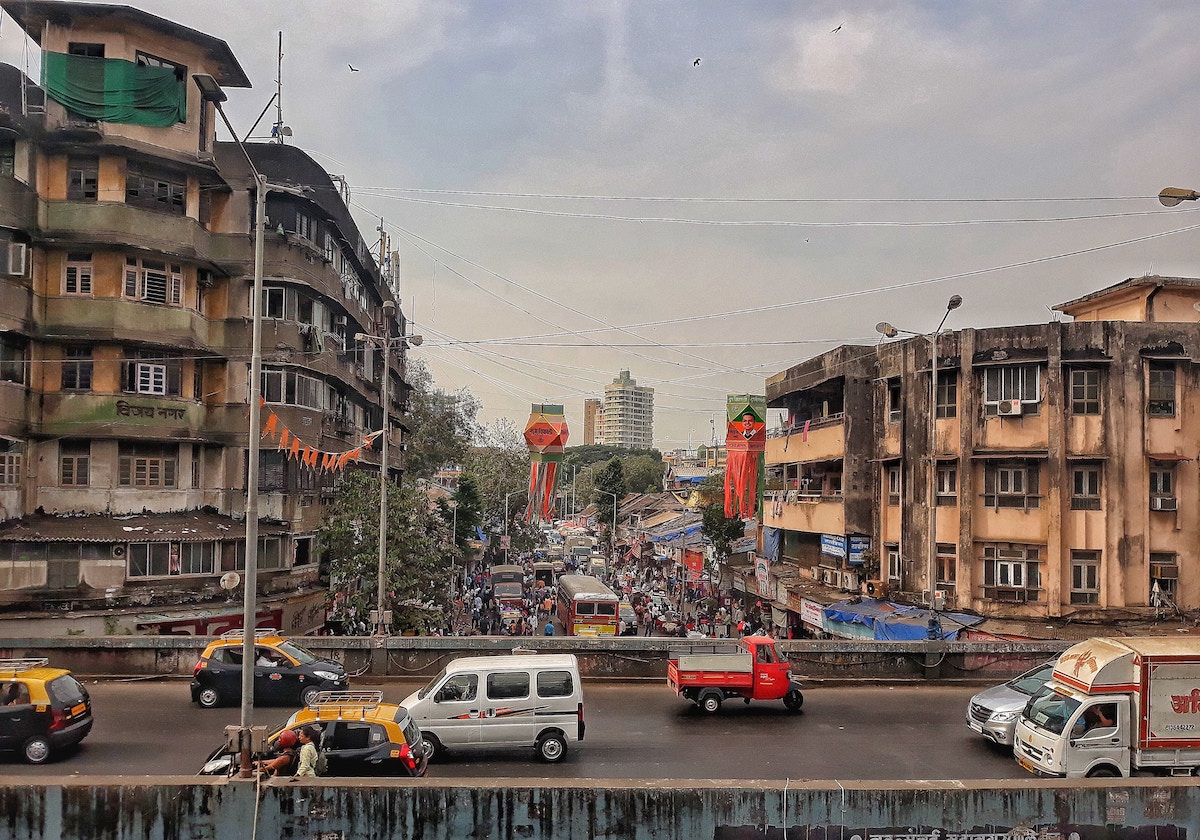London looks best in spring. The long sweep that mellows into English summer has always been the best time of year in London.
But whilst the city is lauded for its walking sights, London still sees a paltry 2% of trips undertaken on bike – despite the recent improvement in infrastructure. If it’s become passé to cite the examples set by Amsterdam and Copenhagen where over 30% of trips are taken by bike, then it’s become equally tiring to talk about London’s failures.
There’s no reason why the same can’t be achieved in London. Forty years ago Copenhagen was the same congested mess that London is today. The way we’re looking at this is all wrong.
London’s plans for expanding cycling provisions aren’t harmed by a lack of action. The London Cycling Campaign has an ambitious plan entitled “One in Five by 2025” – 20% of trips taken by bike in 2025.
But the practical means of achieving these lofty goals won’t be achieved through gentle persuasion in the form of tax breaks, subsidised cycle hire schemes, or further miles of cycle lanes that don’t prioritise the cyclist.
It means reaching beyond the young, macho or ultra-fit typically associated with urban bikers to broaden the appeal for casual cyclists, families, and the middle-aged. In the Netherlands, for instance, where 27% of all trips nationally are made on two wheels (and up to 50% or more of all trips are pedal-powered in some urban centers), more women ride than men. Even among people over 75, a quarter of all trips are on bike.
Despite the media attention given to mega-mileage supercommuters, for most people who depend on bikes for transportation, life works best when all necessities are in reasonable biking distance from their home. Preferably along routes that don’t include riding on dual carriageways or having to cycle anxiously across them.
In this vein, much advocacy work has gone towards improving cycling facilities – an oft-cited concern of casual cyclists. And whilst there’s no doubt that this can be an issue, simply removing that barrier is not enough to encourage greater participation. Especially if we are not making cycling faster and more convenient than the car or public transport.
In twenty years time the car will still be the dominant mode of transport. The combustion engine didn’t win out because it was popular. It won out because it was cheap, reliable and enabled you to get places fast. In the same vein, the critical mass of cycle usage won’t be achieved through gentle persuasion, it’ll happen when oil prices rise so high that it impacts on the wider systems that impact us all.
To encourage more people to cycle shorter distances we need to separate the casual from the commuter, instead of lumping them both in together. We need to lose the Lycra and reclaim the free-wheeling, childhood joy that cycling should be about.
Bike hire schemes are just the start and it can’t end there or else we’ll forever be stuck at 2%. World class cities from Seoul to San Francisco have ripped out highways, closed areas to vehicle traffic, expanded rapid bus transit and light rail systems, launched bike- and car-sharing services and built up the dense, walkable neighbourhoods that are in ever-rising demand. It is this level of systems thinking that will be vital in increasing bicycle usage. It’s not just the bike; it’s a whole way of life.
The main problem is in the way cycling is sold to the general public: as a tool to do something that most people don’t like to do – go to work.
Think about how cars were originally sold to the commuter. There is no mention of what the car was (ultimately) going to be used for. The ads promoted the freedom and possibilities that came to be associated with the automobile. The main approach from the bike industry, by contrast, has been to isolate itself from the casual and pander to the niche, macho and techie sub-cultures of cycling. Trying to sell these same bikes to a different market isn’t going to cut it. There’s a real opportunity here to ‘think differently’ about the way we look at cycling in London.
Copenhagen Cycle Chic and Amsterdamize and Copenhagenize all provide examples of this – as small cogs in a much larger machine. Similarly, US cities from Portland to Minneapolis all provide examples of cities with high car usage integrating ambitious cycle projects.
Instead of insisting that it won’t happen in London there is now a real opportunity for the city to cherry-pick the best examples from elsewhere and create its own, workable example.
Photo: Clem Onojeghuo


